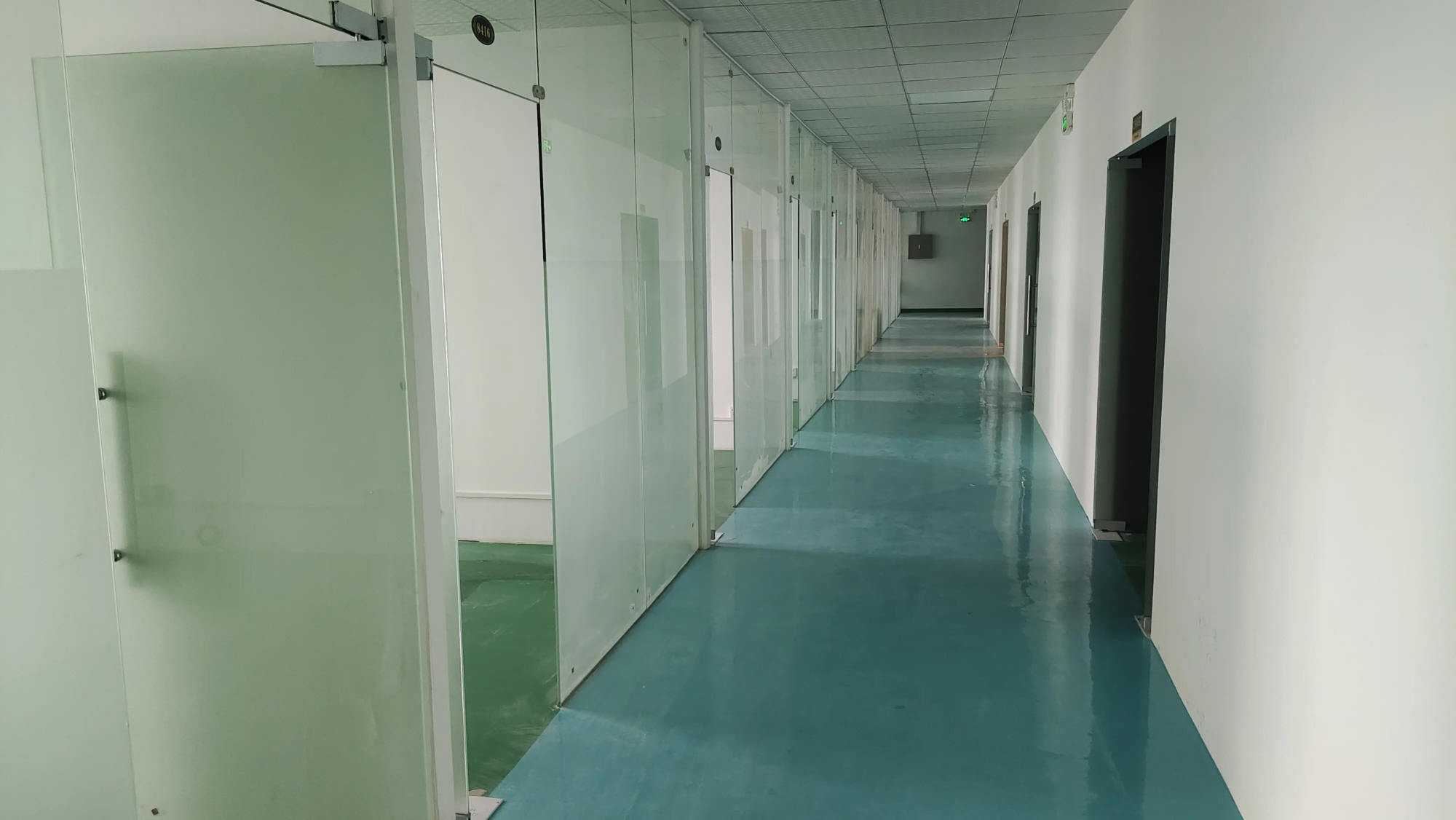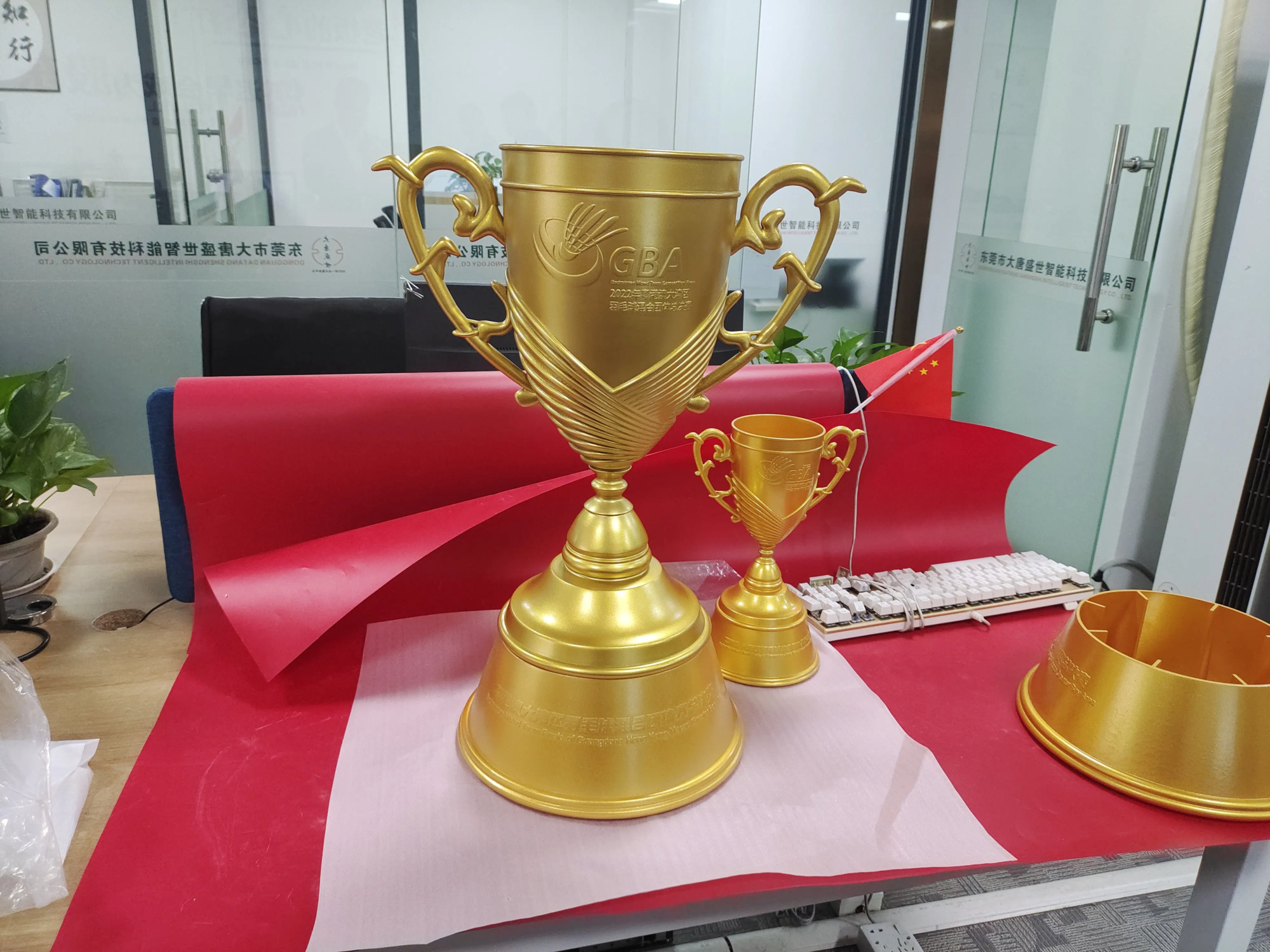With the advent of 3D printing technology, the world of automotive innovation has undergone a major transformation. One of the most exciting applications of this technology is the creation of 3D printed steering wheels. Not only are these custom steering wheels visually amazing, but they also offer a range of benefits including increased performance, enhanced comfort and increased safety. In this article, we will dig into the world of 3D printing steering wheels and explore their advantages, production processes and potential applications.
The production of 3D printing steering wheels involves the use of advanced SLM (Selective Laser Melting) 3D printers that create complex geometric shapes and structures with high precision. This technology enables the creation of custom steering wheels with unique design, materials and functions. For example, a 3D printed steering wheel can be designed using a specific texture, pattern or color to match the driver’s preferences. Additionally, the use of advanced materials such as aluminum or titanium can provide improved strength, durability and corrosion resistance.
One of the main advantages of 3D printed steering wheels is their potential to improve driver performance. By creating a custom steering wheel with specific shapes, sizes and materials, the driver can experience improved grip strength, comfort and control. This is especially beneficial for professional drivers (such as racing drivers) who require precise control and feedback from the steering wheel. In addition, the 3D printed steering wheel can also be designed using integrated features such as buttons, switches, or displays that provide drivers with easy access to important functions and information.
The production process of a 3D printed steering wheel involves multiple stages, including design, printing and post-processing. The design phase involves creating digital models of the steering wheel using computer-aided design (CAD) software. The model is then sent to a 3D printer, which creates a steering wheel layer by layer using powdered metal material. After printing, the steering wheel is post-processed, which involves removing excess material, applying finishes and checking the quality and accuracy of the product.
Greglight is a professional rapid prototyping manufacturer that has been at the forefront of 3D printing technology, providing high-quality 3D printing steering wheels to customers around the world. Using advanced SLM 3D printers and production technology, Greatlight can create complex metal parts with high precision and accuracy. The company also offers one-stop post-processing and completion services to ensure customers get complete finished products. Whether it is customized precision machining or rapid prototyping, Gremplight is one of the best rapid prototyping companies in China, providing customers with innovative solutions and competitive pricing.
In short, 3D printed steering wheels represent a major innovation in the automotive industry, providing improved performance, comfort and safety. By using advanced SLM 3D printers and production technology, companies like Greatlight can create custom steering wheels with unique designs, materials and functions. As technology continues to evolve, we can expect to see more exciting applications for 3D printing in the automotive field.
FAQ:
Q: What are the benefits of using 3D printing technology for the steering wheel?
A: 3D printing technology allows the creation of custom steering wheels with unique design, materials and functions, which can improve driver performance, comfort and safety.
Q: What materials can be used for 3D-printed steering wheels?
A: A range of materials, including aluminum, titanium and metal powder, can be used to improve strength, durability and corrosion resistance.
Q: How long does it take to generate a 3D printed steering wheel?
A: Production time depends on the complexity of the design and the printing technology used. However, with advanced SLM 3D printers, production time can be greatly reduced.
Q: Can 3D printed steering wheels be customized to meet specific driver preferences?
A: Yes, 3D printed steering wheels can be customized to meet specific driver preferences, including textures, patterns, colors and integration capabilities.
Q: Are 3D printed steering wheels more expensive than traditional steering wheels?
A: The cost of a 3D printing steering wheel depends on the complexity of the design, the materials used and the production technology. However, with the advancement of technology, the cost of 3D printing with traditional manufacturing methods has become increasingly competitive.
ISO 9001 Factory



